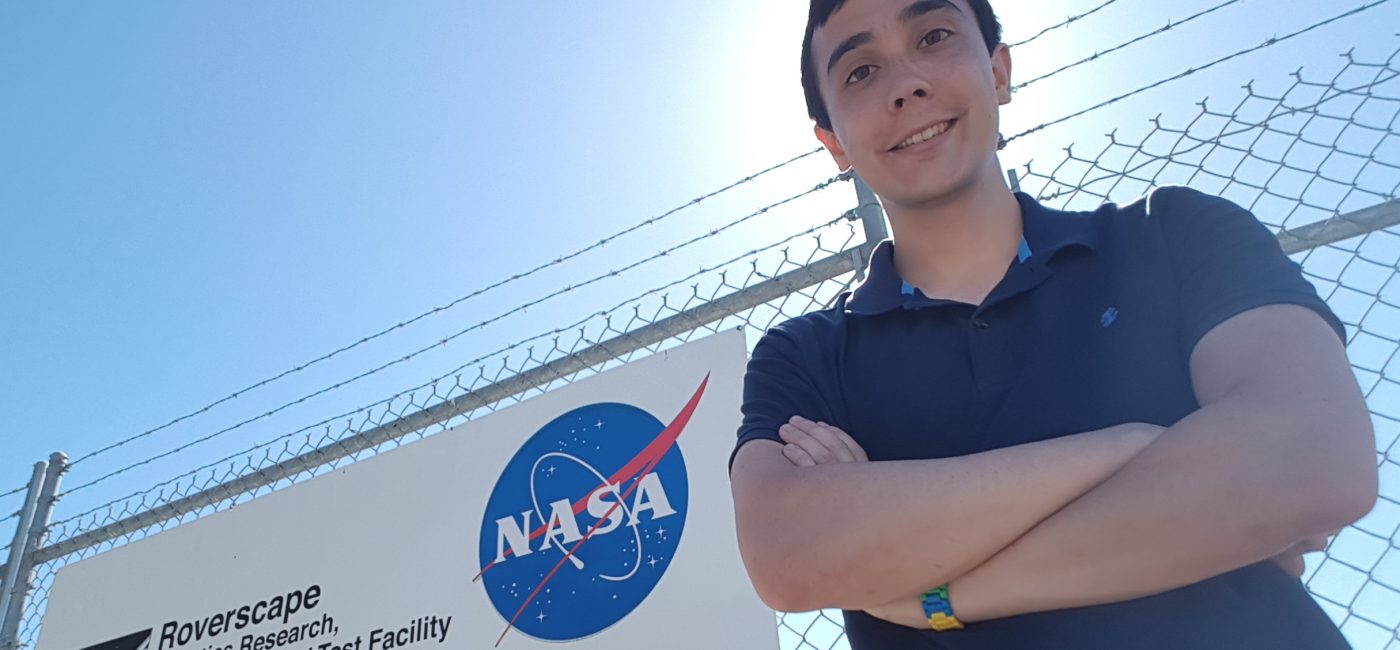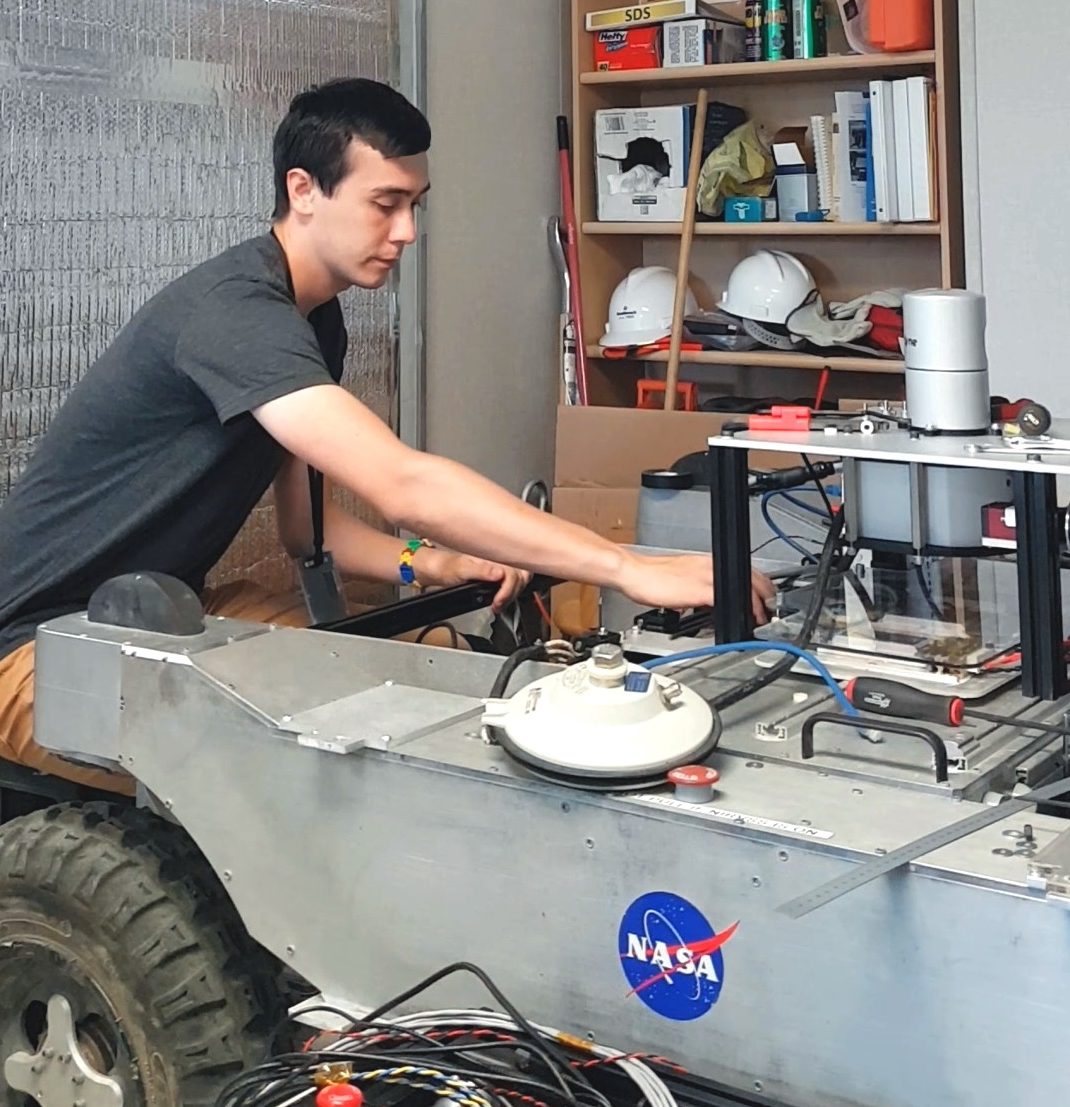
I’d also encourage you to take chances in pursuing your dreams
Working at NASA is the dream for many engineers, and NYSF 2009 Alumnus Justin Kruger is now living this dream. But it did not come without a lot of hard work and ambition! Justin shares how he ended up working with NASA 10 years after the NYSF Year 12 Program and gives some advice to future students.
"I’m vaguely amazed that it’s been ten years since my NYSF experience, but I suppose it’s a good chance to reflect on how it helped fulfil my ambitions of designing spaceships for NASA. (That’s right, 10-years-ago me! You work for NASA now!)
My name’s Justin, and I started out studying physics and engineering at the University of Western Australia. I’ve always been fascinated by space exploration and wanted to pursue it as a career, but in 2009, that didn’t seem feasible since Australia’s space industry was so small. I instead looked towards other fields, namely physics and robotics.
Even though it wasn’t quite my dream, I had a fantastic time at UWA. I worked as a research assistant on various projects, including an axion dark matter detector and cooperative robots for agriculture, and interned at the Advanced Instrumentation and Technology Centre on Mt. Stromlo (site of many NYSF visits). There, I got my first space-focused experience, designing a test rig for satellite control systems.

That internship, combined with new developments in the space industry, made me realise I had to give space a real shot. I applied to several universities in the USA and was fortunate enough to be accepted into Stanford. I’m now completing my PhD in aerospace engineering with the Stanford Space Rendezvous Laboratory, developing navigation algorithms for NASA’s Starling1 mission. (Starling1 is a technology demonstration consisting of four satellites, with the goal of enabling future satellite swarm missions in deep space). I’ve also worked at the NASA Ames Research Centre on planetary rover control systems.
Looking back, the NYSF was incredibly valuable. The variety of experiences and number of passionate people involved displayed everything a research-focused career could offer, and it certainly crystallised my ideas of what I wanted my ‘impact’ on the world to be. Because of this, I think one of the most important things we can do is share our passions. I’ve often volunteered with educational outreach organisations like Teach Learn Grow, CoderDojo and Stanford Splash because talking to students and inspiring them through science and engineering can be such a formative, encouraging experience.

I’d also encourage you to take chances in pursuing your dreams. Ten years ago, there wasn’t much of a space industry in Australia… but now we have a space agency, and dozens of new local companies, and funding agreements with NASA. You never know what might happen!"